Mercedes EQS SUV to release in three variants
Mercedes has presented the EQS SUV, the first SUV model based on the electric EVA2 platform. There will be three drive variants of the luxury SUV at the market launch – more are likely to follow.
++ This article has been updated. Kindly continue reading below. ++
Originally, the premiere of the EQS SUV was planned for the Beijing auto show – China is likely to be a very important market for the new model. Although the show was postponed, Mercedes stuck to its own schedule and has now unveiled the EQS SUV at an online event. Whereby this was rather just the official premiere. Strictly speaking, the EQS SUV was already unveiled a few days ago, when pictures of two uncloaked examples appeared on the internet.
At 5.12 metres long, the SUV is exactly ten centimetres shorter than the EQS sedan. In addition, the SUV is an impressive 20 centimetres taller and measures 1.72 metres. The width without exterior mirrors is roughly the same at 1.95 metres. Important for the battery: the skateboard of the EVA2 platform is exactly the same for the sedan and SUV. The wheelbase is therefore 3.22 metres, which makes room for the battery consisting of twelve modules with 107.8 kWh of usable energy. The additional ground clearance of the EQS SUV is solely due to the adapted chassis and larger tyres. Rear-wheel steering is fitted ex-works. With the standard 4.5-degree steering angle, the turning circle is 11.9 metres; with the optional ten degrees, it is only eleven metres.
Since the battery of the EVA2 platform is designed for 400 volts, the SUV model also has a maximum charging capacity of 200 kW – more is not possible at 400 volts with the CCS standard, which is limited to 500 amperes of current. For AC charging, 11 kW is standard, 22 kW is an option as in the sedan.
Stronger drive systems for the SUV
There are a few small innovations in the powertrains: The base model at the market launch is the EQS SUV 450+. Compared to the 245 kW rear-wheel drive from the EQS Saloon, the EQS SUV has 265 kW in the data sheet. The new all-wheel drive version EQS SUV 450 4MATIC has exactly the same output. The preliminary top model is the EQS SUV 580 4MATIC, as was the case with the Saloon’s premiere. This variant increases from 385 to 400 kW. According to Mercedes, the power plus of 15-20 kW is due to improvements in the drive control – so they are not exclusive to the SUV to compensate for the extra weight in driving performance. The sedan will also soon receive the power upgrade with the new drive software. Speaking of extra weight: at 2.62 tonnes empty, the EQS SUV 450+ is 140 kilograms heavier than the saloon with the same drive.
Mercedes does not yet state the ranges of the individual drive variants, as the vehicles have not yet undergone final homologation. One thing is clear: the SUV will not reach the sedan’s WLTP specification of up to 784 kilometres, but well over 600 kilometres should be possible, at least in the standard test.
As with the sedan and the smaller EQE, Mercedes has paid close attention to aerodynamics in the development of the EQS SUV. Although the front appears more bulky than in the very flat sedans (also due to the comparatively much larger black panel element), the front section is more compact compared to combustion SUVs in the five-metre class (with correspondingly large engines). As with all vehicles on the platform (i.e. also the EQE SUV, which will probably be presented in November), there is no frunk for the charging cable under the front bonnet – a large HEPA filter is installed there, and the bonnet can (officially) only be opened in the workshop.
Mercedes does not yet give a cW value, but lists various aero measures: Like the sedan, the EQS SUV has retractable door handles, air curtains on the front wheels and also comes without a roof railing – a roof rack can be anchored in flush-mounted suspensions.
Somewhat surprisingly, the optional running boards on the side also improve the aerodynamics: the air is thus better guided along the vehicle away from the front wheel, the developers explain. However, they do not want to translate the significance of the running boards into range. Those who order them only because of the aerodynamics should be warned, however: it is hardly possible to get into the SUV comfortably without running your trouser legs along the outside of the running boards. This was no problem with the spick-and-span polished prototypes that Mercedes showed to some journalists in the run-up to the premiere. On the road in rain and mud, however, it probably was.
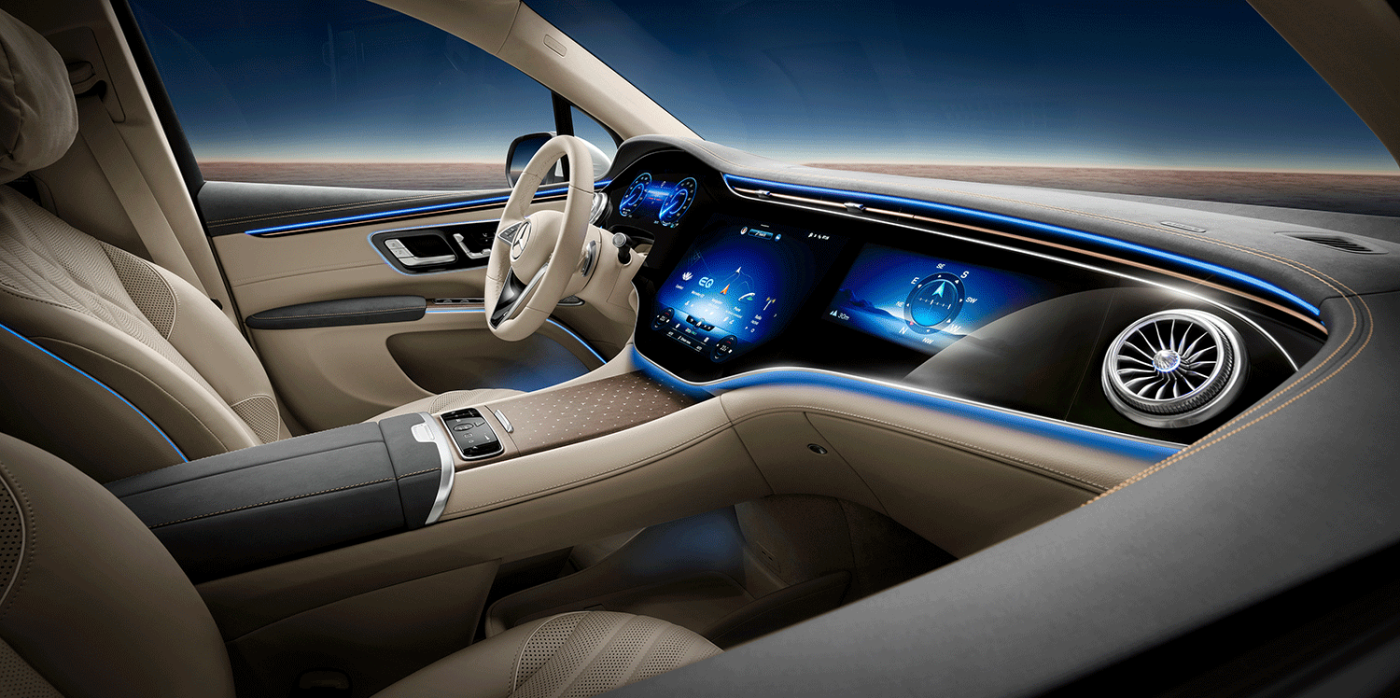
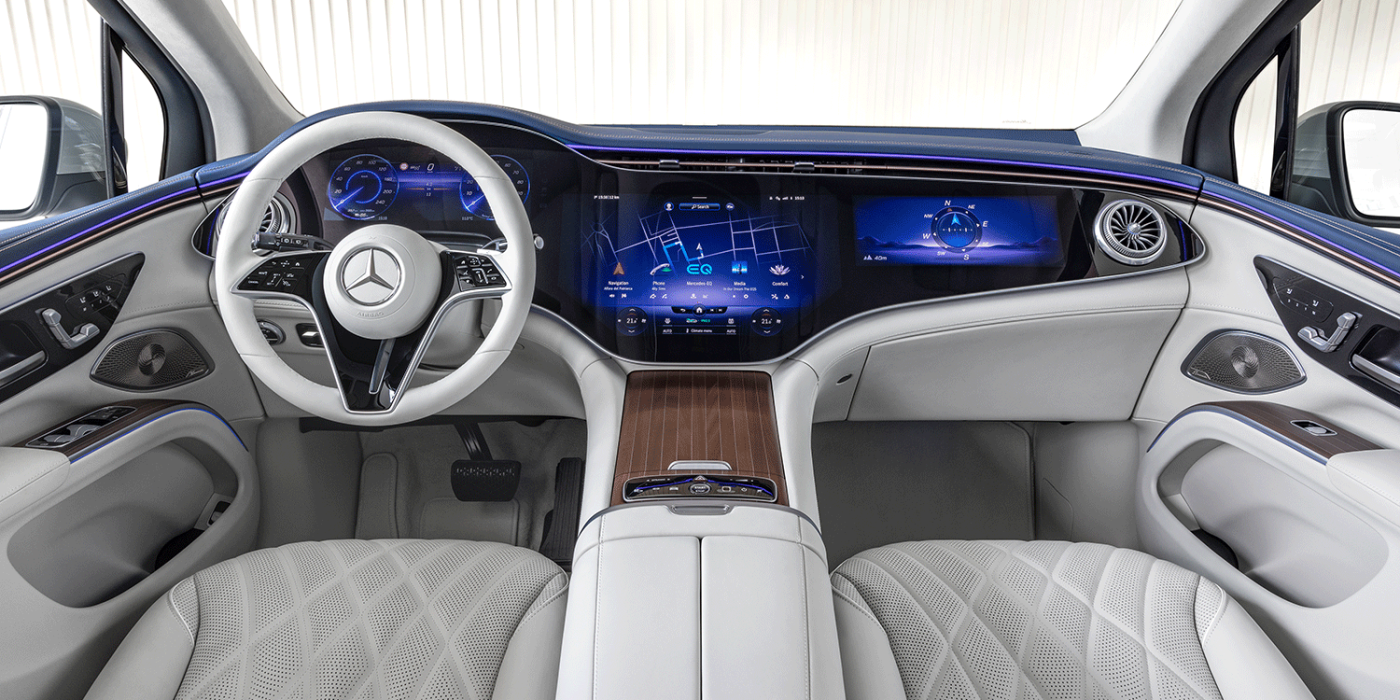
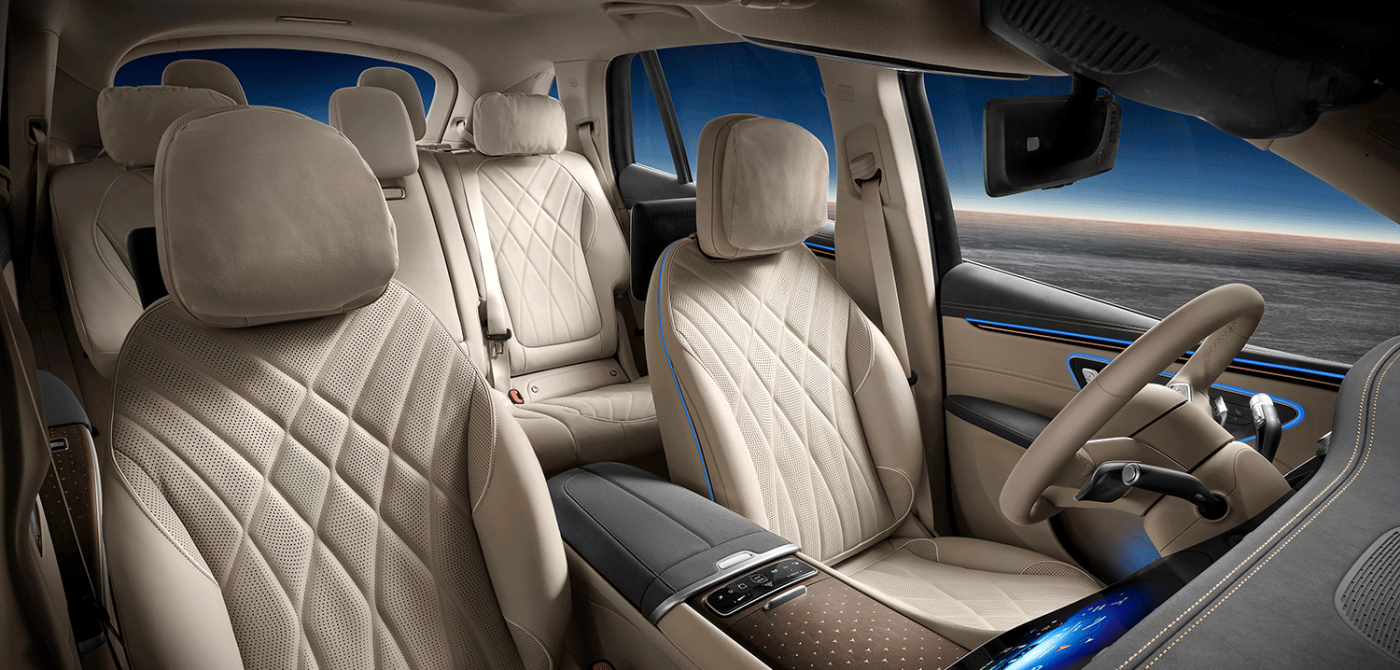
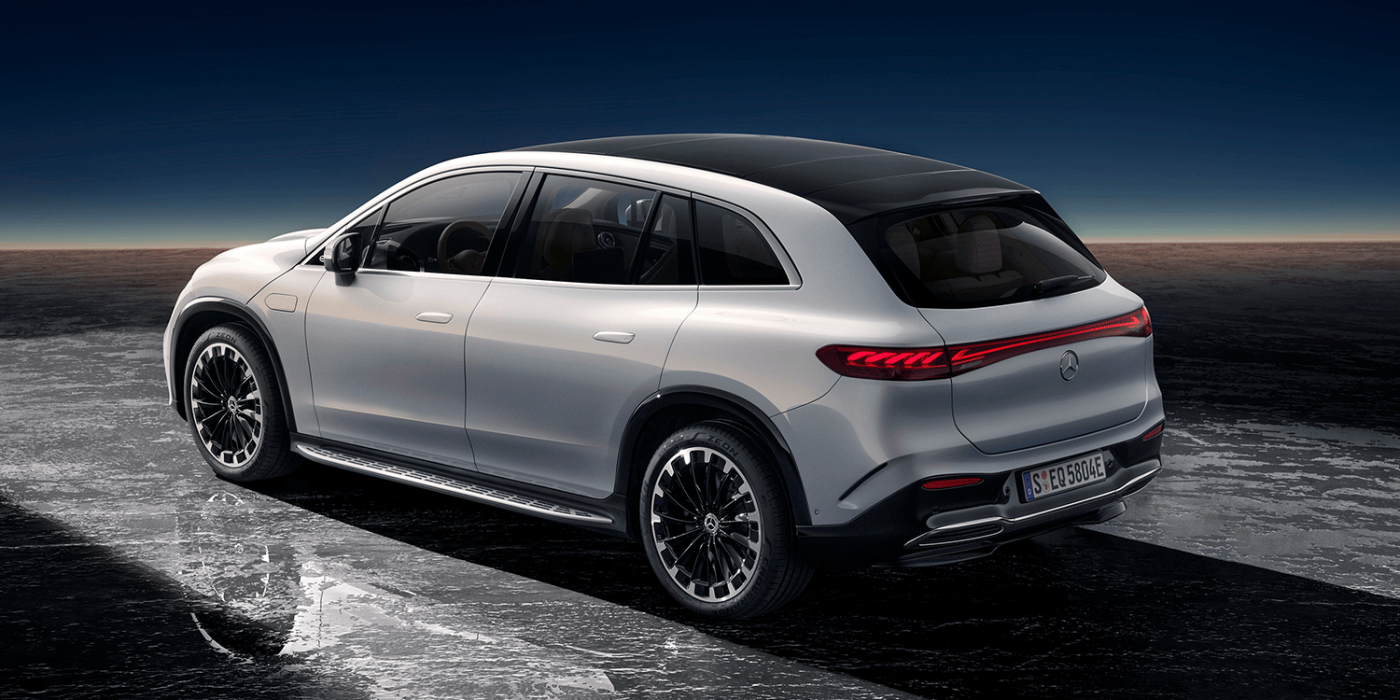
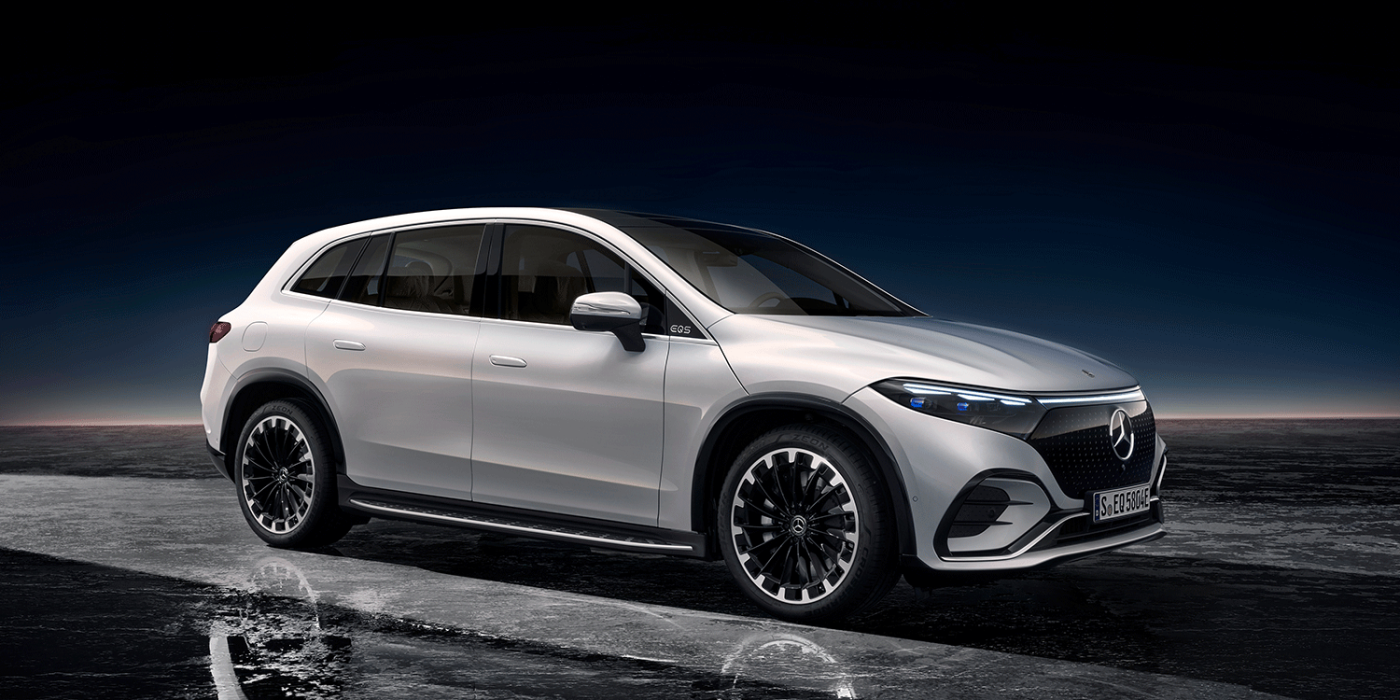
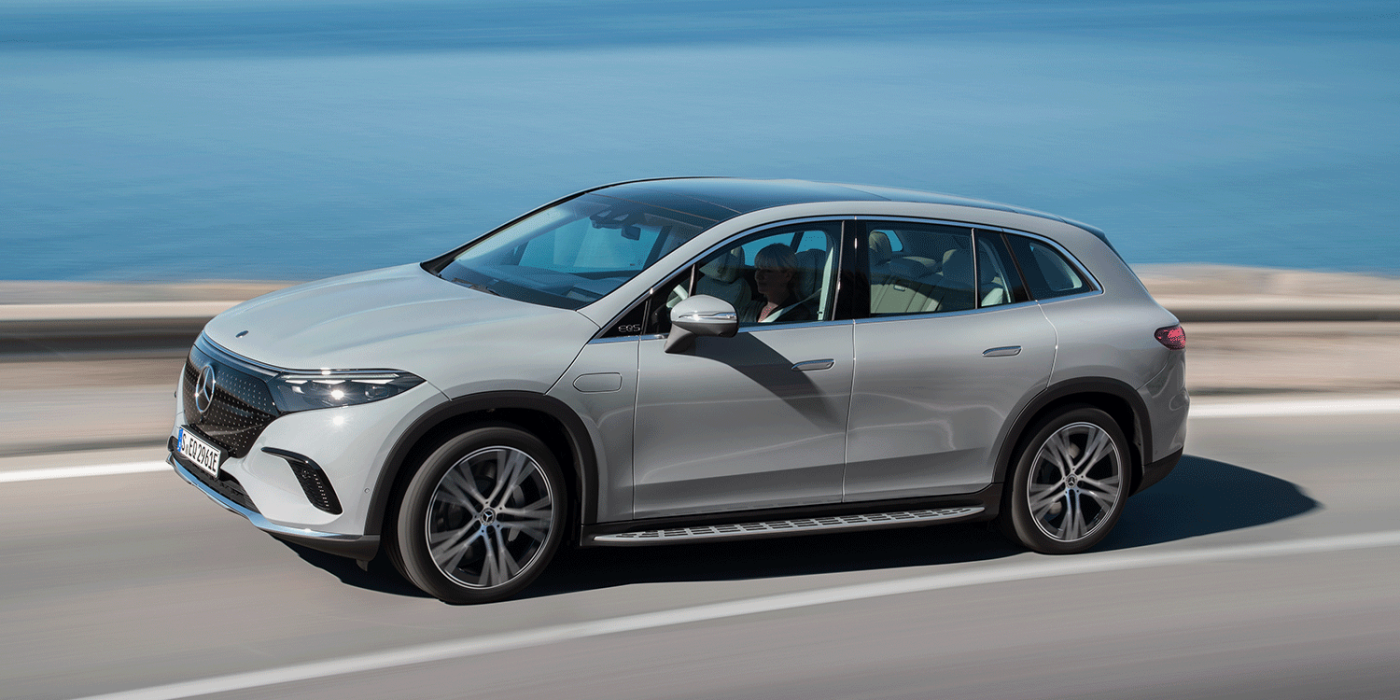
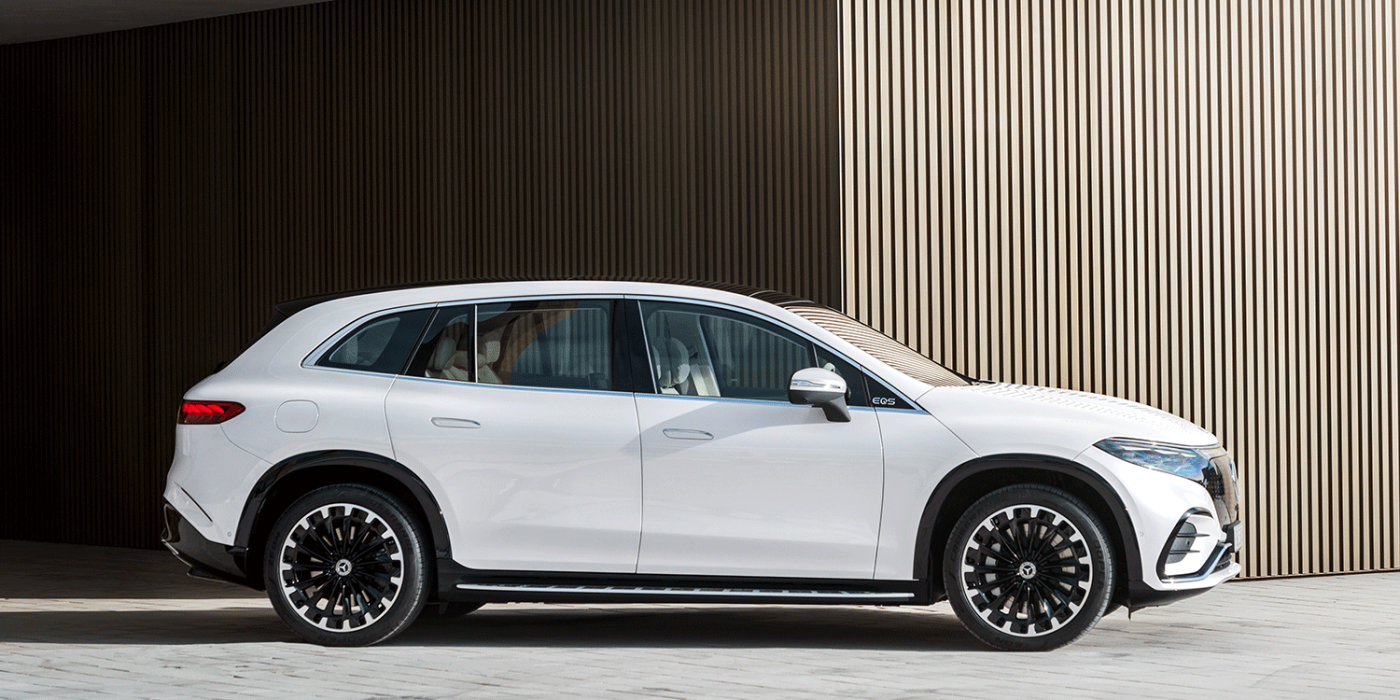
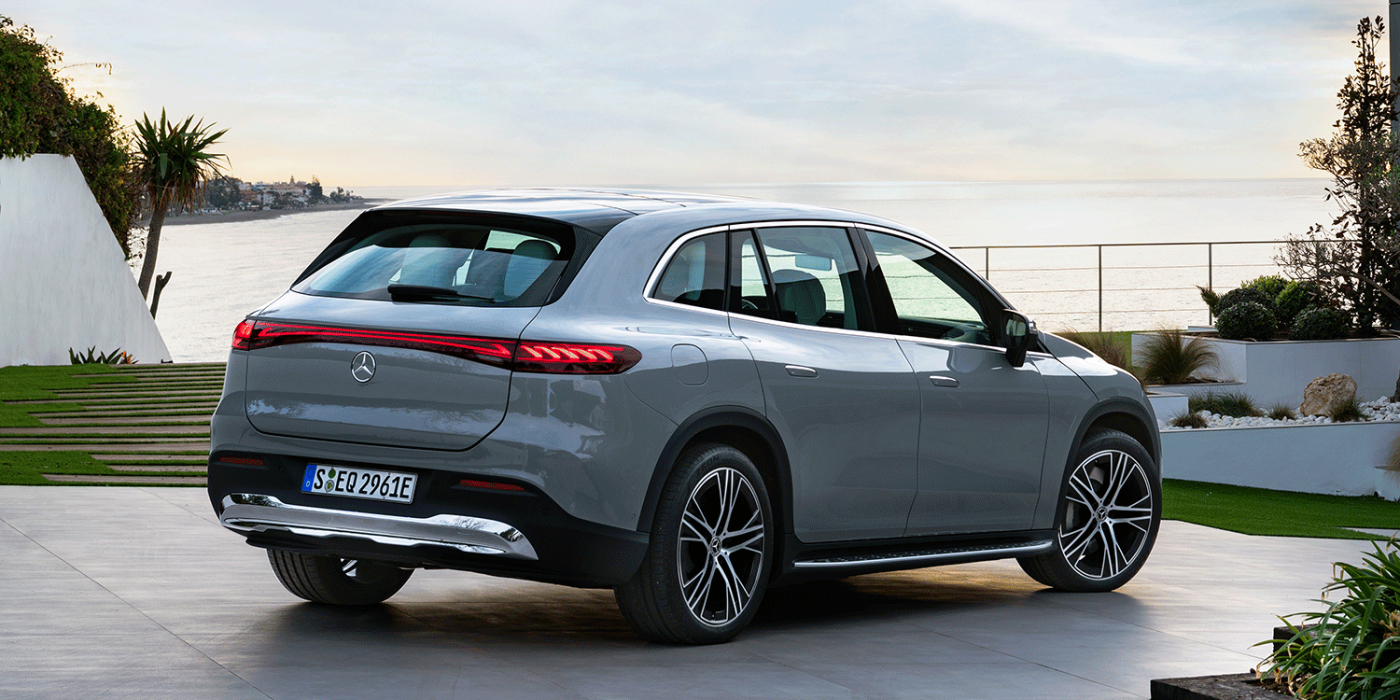
The EQS SUV has its own off-road driving programme, but it leaves the role of electric off-roader to the EQG, announced for 2024. In the EQS SUV, the air suspension called Airmatic is standard, the ground clearance is 181 millimetres. Depending on the driving programme, the car can be raised by up to 25 millimetres in Europe. In the USA, up to 30 millimetres are possible due to other regulations.
The focus of the EQS SUV is more on comfort – and that for up to seven occupants. Since the seats in the second row can also be moved electrically, it is relatively comfortable for people up to an estimated 1.75 metres to get into and out of the third row of seats. Mercedes does not specify a height limit, but it does get quite cramped in the third row above a certain height. In rows 1 and 2, however, you can travel in comfort – in row 2 you can also be entertained by Rear Seat Entertainment, while in the front the front passenger can watch films and series on his or her own display in the Hyperscreen (standard from 580 4MATIC) even while driving.
For longer journeys with luggage, it is advisable to fold down the two seats in row 3 (if ordered) anyway: As a seven-seater, the boot is quite small (195 litres). If you fold down the third row of seats in a seven-seater, the boot is 565 litres, and 2,020 litres with the second row of seats folded down. Without the flexibility of the seven-seater, the five-seater configuration can hold between 645 and 2,100 litres of luggage. There is no large storage compartment under the luggage compartment, only a rather small one. However, the luggage compartment cover can be stowed there when the car is travelling as a seven-seater. Additional storage space can be created with a roof box.
Or the goods to be transported can be carried in a trailer: in contrast to the saloons, which are limited to a towing capacity of 750 kilograms, the EQS SUV can hook up to 1.8 tonnes. That’s not quite the 2.5 tonnes of the BMW iX, but it should be enough for most horse trailers.
Prices still unclear
Mercedes has not yet announced prices for the premiere of the EQS SUV. As a 450+, the sedan starts at 107,326.19 euros, the EQS 580 4MATTIC costs at least 135,529.10 euros – the SUV should be a few thousand euros more in each case. Mercedes does not want to confirm whether there will also be an EQS SUV 350 with the 90.6 kWh battery. However, AMG offshoots are much more likely. The saloon version of the EQS 53 4MATIC+ starts at over 152,000 euros.
Update 04 November 2022
The Mercedes-Benz EQS SUV has gone on sale in the UK with prices starting at £129,170. At launch two variants of the EQS SUV will be available, the four-wheel drive EQS 450 4MATIC which features up to 365 miles of range, or alternatively the four-wheel drive EQS 580 4MATIC, with up to 364 miles.
With reporting by Sebastian Schaal, Germany.
mercedes-benz.com, mercedes-benz-media.co.uk, tools.mercedes-benz.co.uk (PDF, both update)

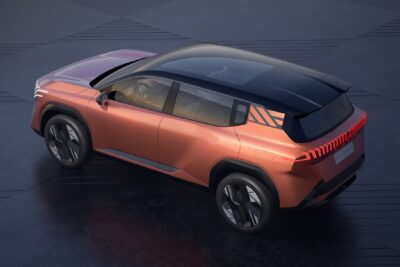
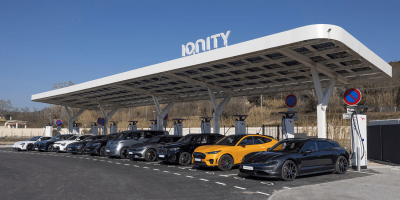
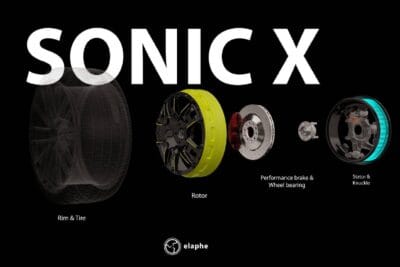
1 Comment